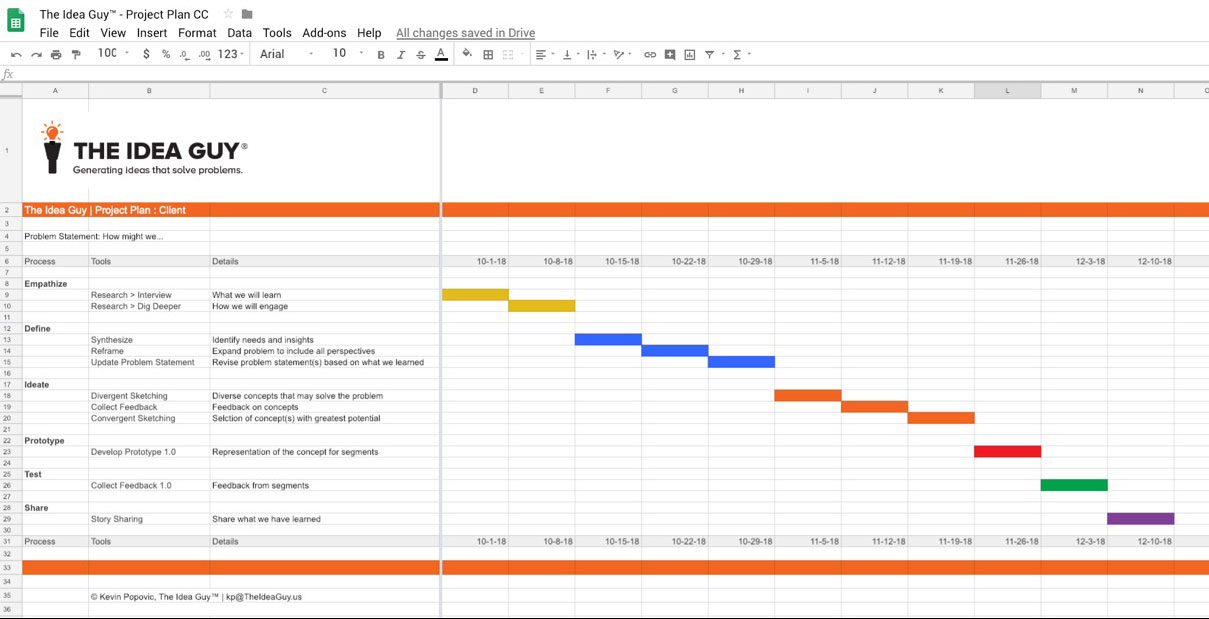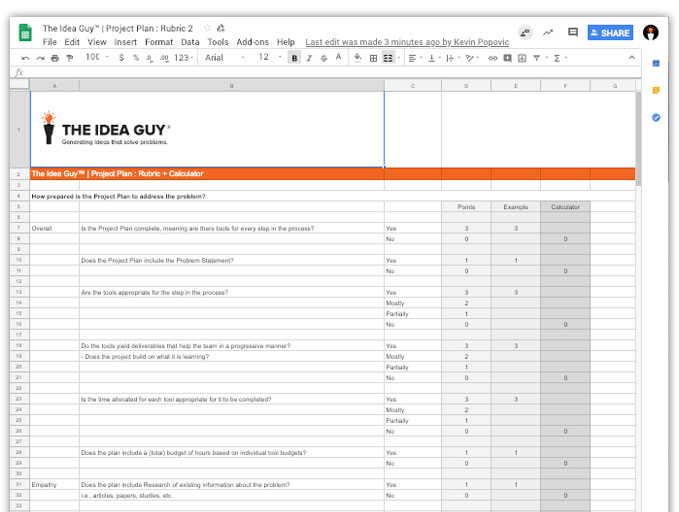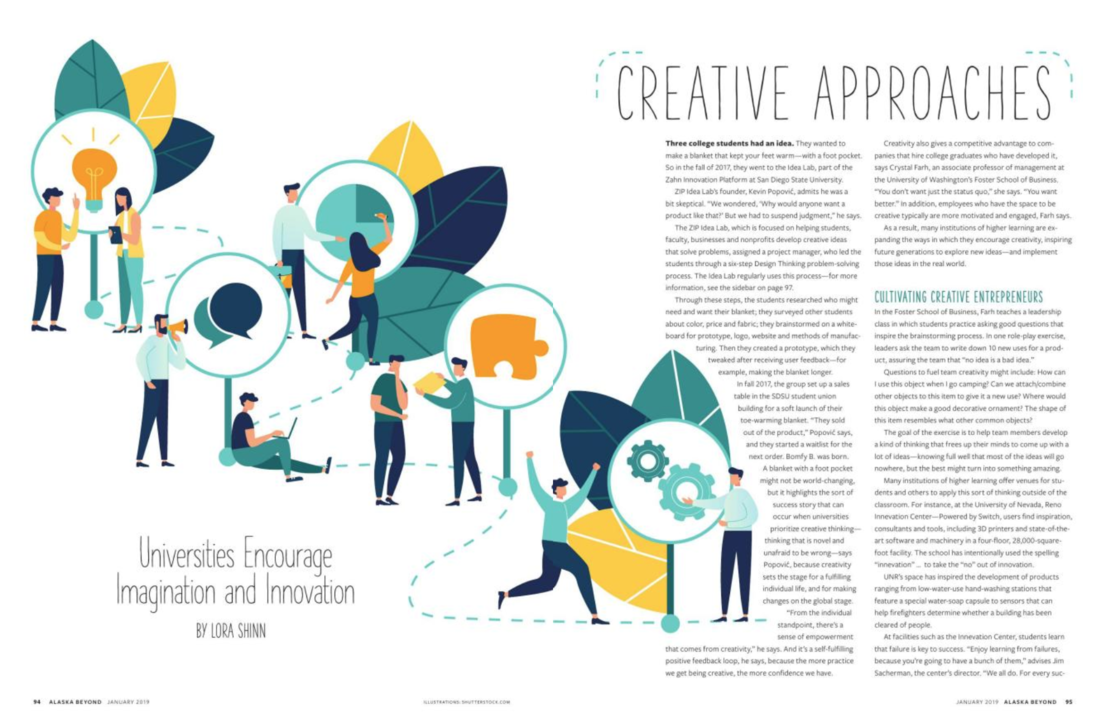Project Planning: Addressing the Problem Statement
The Idea Guy • January 19, 2019
About the Project Plan
One of the biggest challenges people tell us they have had in developing an idea is in knowing how to get started. Then, once they have an idea, what to do with it so its gets developed, prototyped and implemented.
To help simplify the development of an idea or solution, I’ve developed a project planning tool that documents the steps, tools, start and end dates for each step. Completed in advance of a project, this plan helps communicate the work that would be required. Referenced after its completion, it provides a retrospective for learning and improvement.
Definition: A document that demonstrates how you will address your problem statement.
Definition: A document that demonstrates how you will address your problem statement.
1. Start with the Problem.
The basis for most projects is a problem. Albeit loosely defined at this point, most problems are identified as something is wrong, missing or that needs to be better than it is today.
On the top of this Project Planning template is a placeholder for the problem statement: How might we…? We start with what we know, adding our problem statement to the document as we describe it today.
2. Make a plan.
The Project Planning at Idea Lab accounts for each step in our Design Thinking process: empathize, define, ideate, prototype, test and share. Within each step we account for the tools used to complete the work required.
For instance, the Empathy step usually consists of items that help discover (current) research, uses observation to view the people involved in the problem, and engagement with the same people, like surveys or interviews. Each item would be represented on its own line.

Using a simple GANNT chart approach, we assign color blocks in to each item in a step of the Project Plan. Some items will take short amounts of time, others longer. This approach to project management accounts for those variances, as well as dependencies. We can also include estimated hours for each, as well as costs. Cumulatively, we can estimate the total amount of time and costs associated with executing a plan, in advance for consideration and approval.
3. Execute the plan.
Each part of the plan has a start date and an end date, In most cases, when something ends then something else begins. If something does not end on time, then the next thing cannot start on time. Since so many of the parts are dependent on each other missed deadlines can impact the delivery of a project.
Tools
This Project Planning Rubric + Calculator evaluates a project plan overall, as well as by step in the process, and generates a score using the built-in calculator. The base score provides feedback as to how complete the plan may be, as well as its efficacy. Download this tool, or make a copy to your Google Drive, to evaluate a project plan in advance, and to evaluate updates. The better the plan, the more efficiently the project will be executed.









